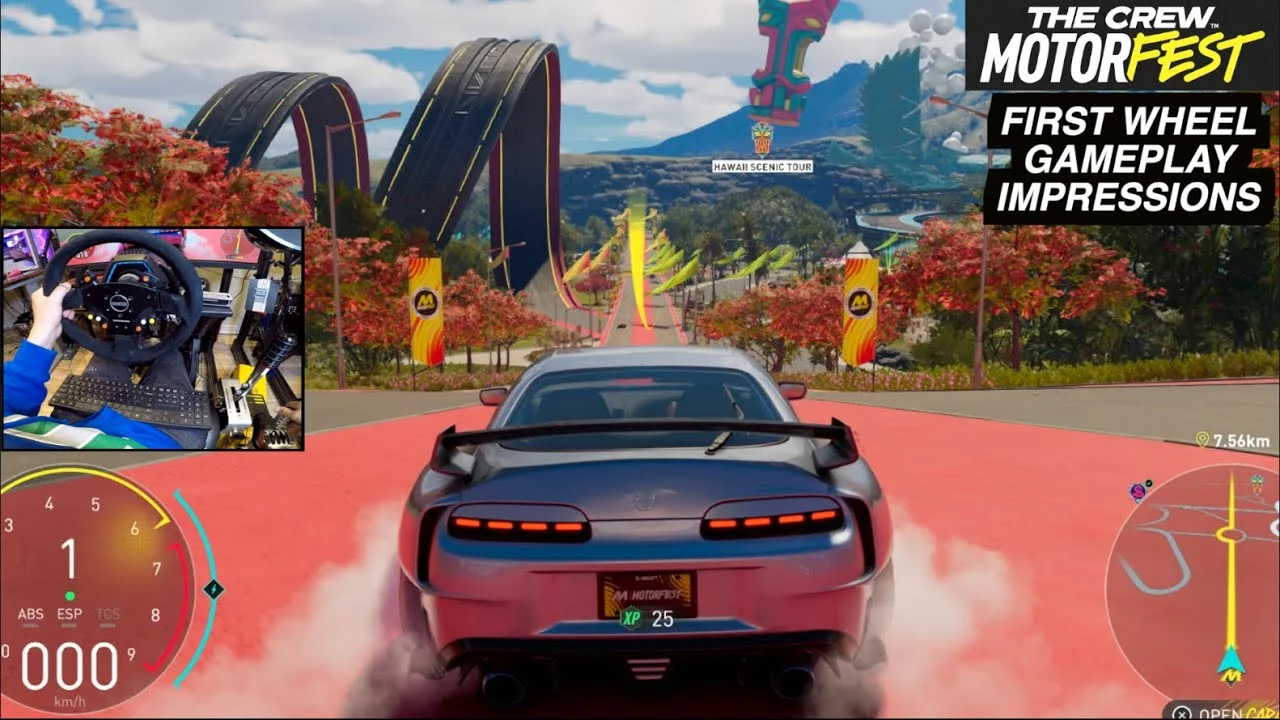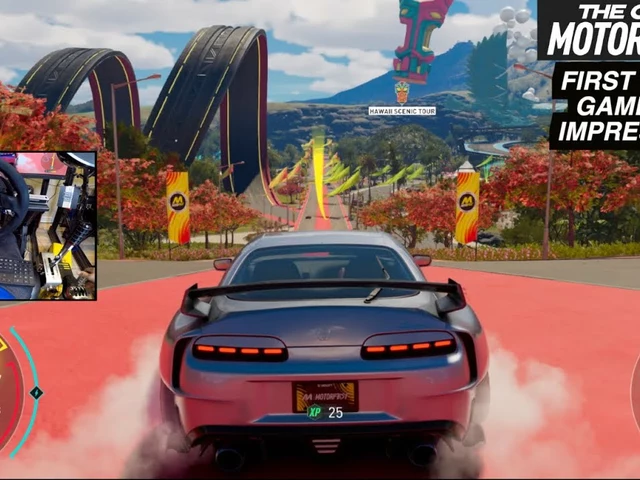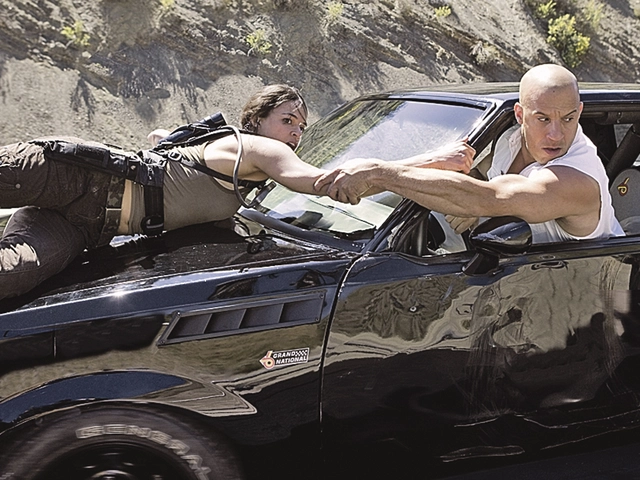Realistic Physics in Racing – What’s Real and What’s Not
When you sit behind a virtual wheel or watch a high‑speed chase on screen, the biggest question is often the same: does this feel real? The answer lies in how well the physics behind the action mimic the real world. In racing, physics isn’t just about speed; it’s about grip, weight transfer, and how a car reacts when you push it to the limit.
Games that Nail the Feel
Console titles like Gran Turismo and Forza Horizon spend years fine‑tuning tire models, suspension curves and aerodynamics. They use data from real cars and track it against actual lap times. The result? When you hit a corner at 150 km/h, the car slides just enough to feel dangerous but stays controllable enough to keep racing. This balance keeps casual players happy while giving hardcore fans a taste of true car behavior.
Even cheaper games try to copy this approach. They may simplify the math, but they still aim for a believable grip level. If the car feels like a toy car on ice, most players will drop it fast. The sweet spot is a little slip that makes you think about braking points and throttle control.
Hollywood vs. Reality
Movies love to bend physics for drama. In The Fast and the Furious, cars leap over ramps, drift through traffic and sometimes even fly. Those moments are exciting, but they ignore basic rules – like inertia and friction. In real life, a car would need massive engines and specially designed ramps to pull off the same stunts, and even then the risk would be huge.
That’s not to say movies can’t be fun. They trade realism for storytelling, and most viewers enjoy the ride. The key is knowing when you’re watching a thriller and when you’re looking for a simulation.
Real‑world racing also shows how physics matters. A NASCAR pit crew changes four tires in about 12 seconds because every fraction of a second counts. The car’s balance is altered with each tire swap, and the crew’s timing is a dance of physics and precision.
Formula 1’s “flying lap” is another example. Drivers hit the start line at full speed, using momentum to shave off every possible millisecond. The physics of aerodynamics and tire temperature are critical – a slightly cooler tire can lose grip and ruin the lap.
So whether you’re gaming, watching a film, or cheering at the track, the core idea stays the same: realistic physics make the experience feel legit. Developers who invest in real data, and filmmakers who understand the limits, give us moments that feel both thrilling and believable.
Next time you fire up a racing game, notice how the car behaves in a tight corner or during hard braking. If it feels like you’re really fighting for traction, the developers got the physics right. If it feels like a cartoon, you might be in for a less immersive ride.



